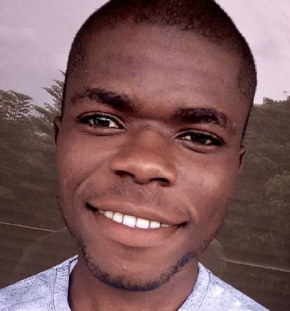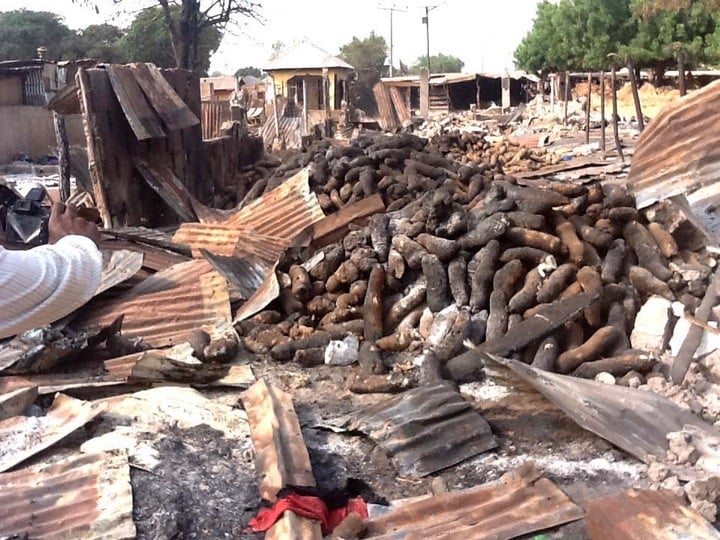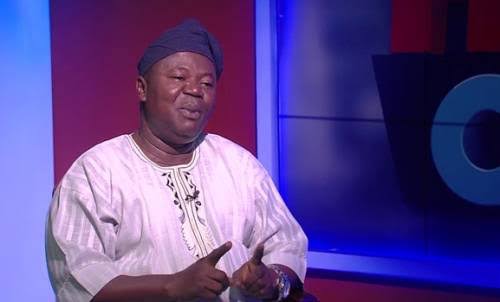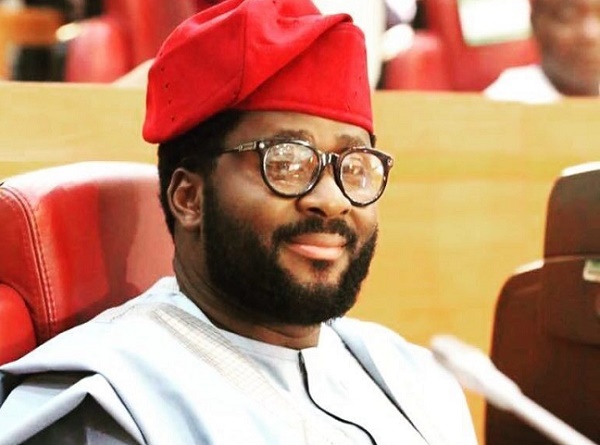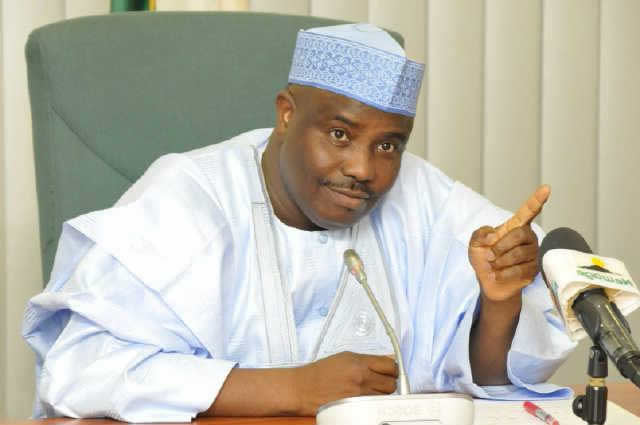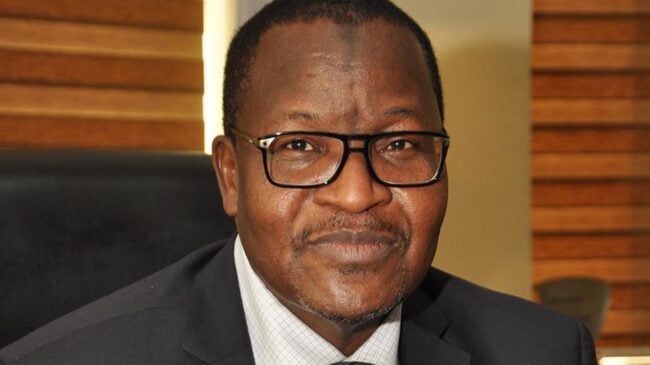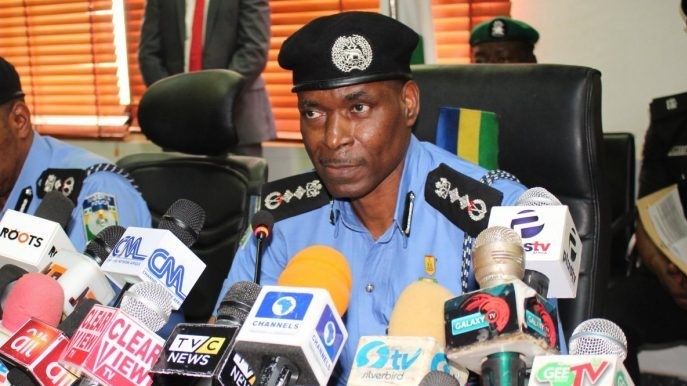Wukari market was burnt in a recent crisis
When suspected herdsmen attacked communities in Riyom, Barkin Ladi and Jos south local government areas of Plateau state on June 23, 2018, the actual number of people who died from the incident was not known until about a week after when media houses were able to go beyond the official sources to get a clearer picture that up to 200 persons died in the attack.
Conflicting figures were given by state actors – Terna Tyopev, the police spokesman in the state, first said 11 were killed but later confirmed 86 were killed.
Like Plateau, like Borno where, in November 2018, Boko Haram insurgents attacked an army base in Metele in Guzamala local government area of the state. Although the army had wanted to sweep the series of attacks under the carpet with initial denials, it later claimed 23 of its personnel were killed during the incident but soldiers and inside sources later recounted how about 100 of them died in the onslaught.
While the Boko Haram insurgency has ravaged the north-east for a decade, other parts of the country have had their share of conflict situations – banditry in the north-west, farmer/herder crises in the north-central and militancy and kidnapping in the south.
Advertisement
However, as was the case in Metele and Plateau, the reality of conflicts in Nigeria may have been distorted as the narrative is largely dominated by official sources such as the military, police and government officials, according to a study carried out by the Premium Times Centre for Investigative Reporting (PTCIJ).
The study, which highlighted the trend evident in the Nigerian media coverage of conflict and humanitarian issues between January and March 2019, focused on stories reported in the space of three months across 10 media organisations including four print outlets, four online platforms and two broadcast outfits.
In tracing the origin of stories reported on conflict and humanitarian situations through content analysis, the study attempted to look at who the journalists are talking to in addition to how such sources are dominating the narrative.
Advertisement
It found that state actors unbelievably make up 40 percent of the sources quoted in news reports and are also the loudest voices across all of the most pronounced topics including crime, terrorism, safety and security, ethnic clashes and insurgency.

According to the study, the top 10 sources in news stories in their order of prominence include army generals, state government, villagers/residents, senior police officers, traditional leaders, media reports, federal government, aid agencies, local government, parents/homemaker, and religious leaders.
“Army generals and state governments are the top occupations of sources,” the study read in part, adding: “There are not many sources in the top 10 list that can sufficiently challenge official voices.”
Advertisement
Although villagers and residents in affected areas feature “so evidently” among the sources of the stories, there are a lot of missing voices such as that of aid agencies which make up just three percent of the sources as well as experts which constitute one percent.
A closer look at the nature of sources quoted also showed that most of them – representing 33 percent – are in leadership positions while mediators and survivors constitute 18 percent and 17 percent of those quoted respectively.
WHY TELLING STORIES FROM THE RIGHT SOURCES MATTER?
Although most journalists work under tight deadlines, field reporters must not trade fair and balanced reportage for anything else. This is perhaps why experts harp on the need to not just report against your bias, but to ensure that you are not playing into the hands of misleading sources.
Advertisement
In his book, Debates in Peace Journalism, Jakes Lynch, director of the Centre for Peace and Conflict Studies, University of Sydney, Australia, highlighted three forms of bias to be wary of to ensure objective reporting: bias in favour of event over process, a bias in favour of official sources, and a bias in favour of dualism.
Unlike in other fields of journalism, in conflict situations especially where there seems to be a lack of trust from the key actors (as is the case in the north-east where the military has battled Boko Haram insurgents for a decade), extra caution must be applied to sieve the reality from propaganda when using either official sources or ones appearing to be independent, as advocated by A.A. Amakiri in a journal of communication studies.
Advertisement
Jack Vince, a private security expert in the north-east who previously worked for the government for many years, warned about swallowing a narrative from the military hook, line and sinker.
“Don’t believe anything the military puts out there completely because what we have in the public space is in direct conflict with the foot soldiers doing the work,” Vince told TheCable.
Advertisement
Lekan Otufodunrin, executive director of Media Career Development Network and former editor at The Nation, believes the sources quoted in stories have some effect on the credibility of such articles and on the news organisation.
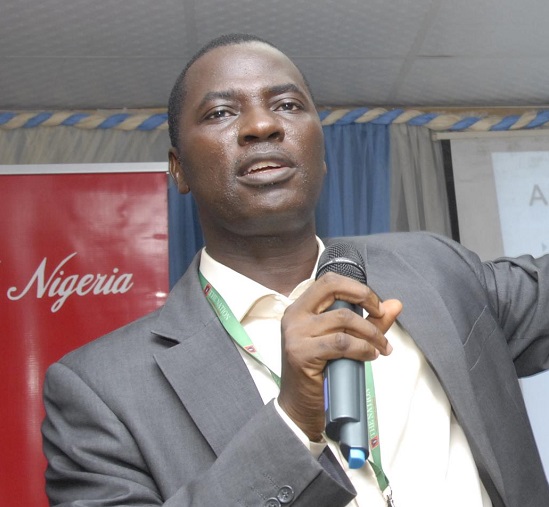
According to him, “when we become more analytical and curious about the information we are getting, we will be able to provide more context and perspectives in these reports; maybe about what has happened in that area before, what has been said by some of the residents before.
Advertisement
“Writing from official sources has some implications but sometimes, it is for lack of diligence when we are just comfortable with being briefed. You need to also find experts who can say, ‘look, what could have happened?’ People who can provide some perspectives. So that people can read and feel they are not reading one-sided stories, which is very important.”
BREAKING THE BARRIER
In interviews with three journalists covering Boko Haram insurgency in the north-east and banditry in the north-west, a particular trend is evident: the difficulty in reflecting the needed perspectives in a story through the right sources leading to an over-reliance of official sources.
In his book, “Peace journalism: Negotiating global media ethics”, Majid Tehranian, a prominent scholar, warned about becoming “hostage to one source particularly those of governments that control the source of information” while writing about the “ten commandments” of peace journalism.
When journalists are held “hostage” in such situations, it makes it difficult for them to go beyond the usual narrative of reporting just the facts to reflect what “speaks best to the central narrative of a story” as was evident from a study of some 200 journalists covering the Israeli–Palestinian conflict, the Syrian civil war and other pockets of conflict in Kosovo, Macedonia, Burundi and the Democratic Republic of the Congo.
From the interviews conducted by TheCable, it is evident the journalists know the various sources to contact to enable them to crosscheck facts – including the federal government and lawmakers who the PTCIJ research found to be missing when the roles of the top sources are considered.
The challenge, however, remains how to break through the barrier and properly interrogate information from official sources.
“Sometimes, you file up to ten stories a day,” said Blessing Tunoh, Channels TV correspondent in Borno state, who lamented the “one-way information flow” in the north-east. She also identified the lack of information as the most common challenge she faces.
“When you hear that certain things are happening and you want details, ordinarily the first call would be the military but most times, they are not willing to talk especially when there are casualties. So, you might have to rely on third-person sources,” Tunoh added.
“A source can tell you that ‘somebody from that area came into Maiduguri yesterday and told me that…’, this is already the third person you are talking to which can be risky. So, when it is not an eyewitness, it is usually hard to determine what is factual. And of course, the military is not forthcoming and when they do, they may water down the information.
“There are a lot of things going on in the frontline that no one has even heard about because of the problem of access which is the main problem with reporting humanitarian situations in affected communities. Sometimes, you just hear that some things happened last week or two weeks ago, and it is taking that long for you to get wind of what happened largely because of lack of access. Some of those villages are hard to reach and do not also have reliable telecom services.”
For Hamza Suleiman, a correspondent with NAN who has reported from Borno state for about 10 years, the biggest challenge is in accessing places that are termed “no-go areas”. As a result, “journalists rely on sources to facilitate information gathering from there” in addition to official statements from the military which he identifies as the “primary source of gathering information” regarding the Boko Haram insurgency.
He added that although stories from survivors are told from the angle of people who might not be able to provide an in-depth report “because they may have fled their community in fear at the time the attack is taking place,” it is dangerous to solely rely on the military’s narrative because “in some cases, they might just want to give you what they want you to report and not what is obtainable on the ground.”
“If there is an attack, the people that are informing you are also running away for their lives. So, you always find an environment where people are very scared,” he said.
“In most cases, when the media report what is going on, you are likely to be called a Boko Haram supporter which is not supposed to be so. We cannot completely help the situation when it comes to media coverage of what is happening (because) the media are sometimes targeted when trying to be objective.”
On ways to acquire more sources including survivors and residents, Suleiman suggested frequent visits to the internally displaced persons (IDPs) camps to report on the travails of some those that have been displaced and who often itch to tell their stories.
He added: “There are more than two million people displaced and you have each of these individuals bearing the brunt of the insurgency. Now you have to break the barrier by creating an environment of trust and ensuring that you get trusted people maybe by going with a female friend who speaks their native language when you are going to talk to women.”
Notwithstanding the challenge of some media houses struggling to stay afloat as noted by Otufodunrin, the media career professional said news organisations must be able to deploy resources to enable journalists to develop sources from conflict hotspots who they can often reach out to for information “so that their reports can become more visual.”
He also harped on the need to crowdsource information but not without proper verification.
According to him, “we can use these sources over a period of time, in addition to contacts who have information in some of the hard-to-reach areas. If you can’t reach the person, you need to reach someone who knows someone that knows them. By and large, our reports need to have more voices and not one-sided.”
Support for this report was provided by Premium Times Centre for Investigative Journalism with funding support from Free Press Unlimited.
